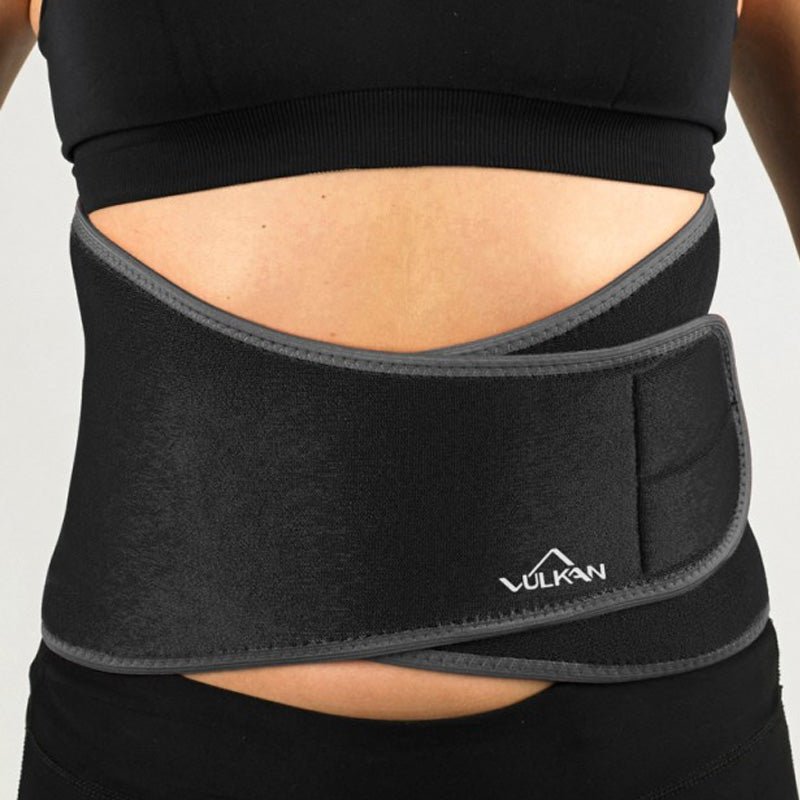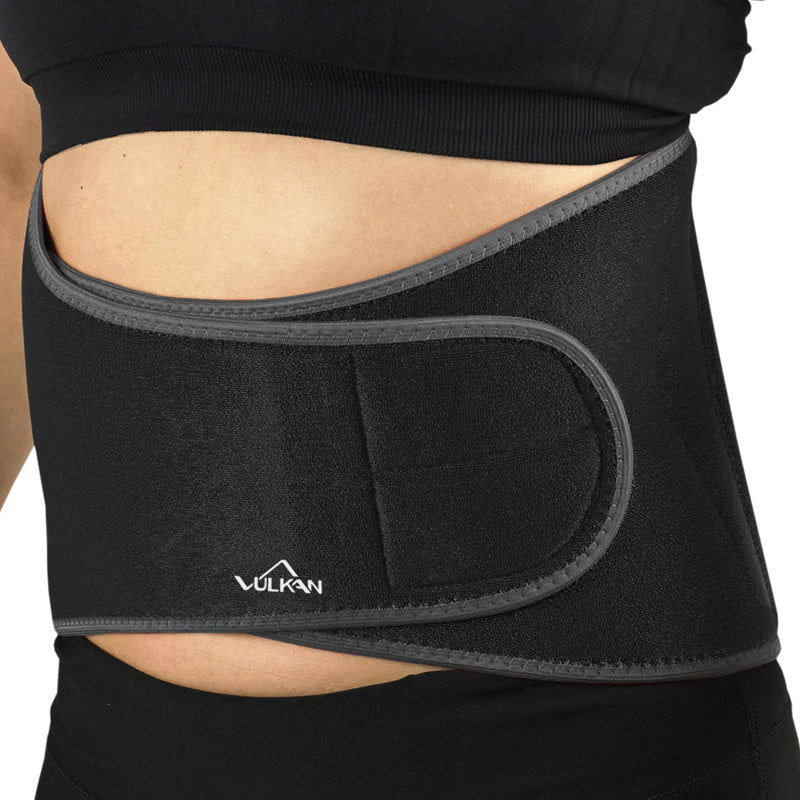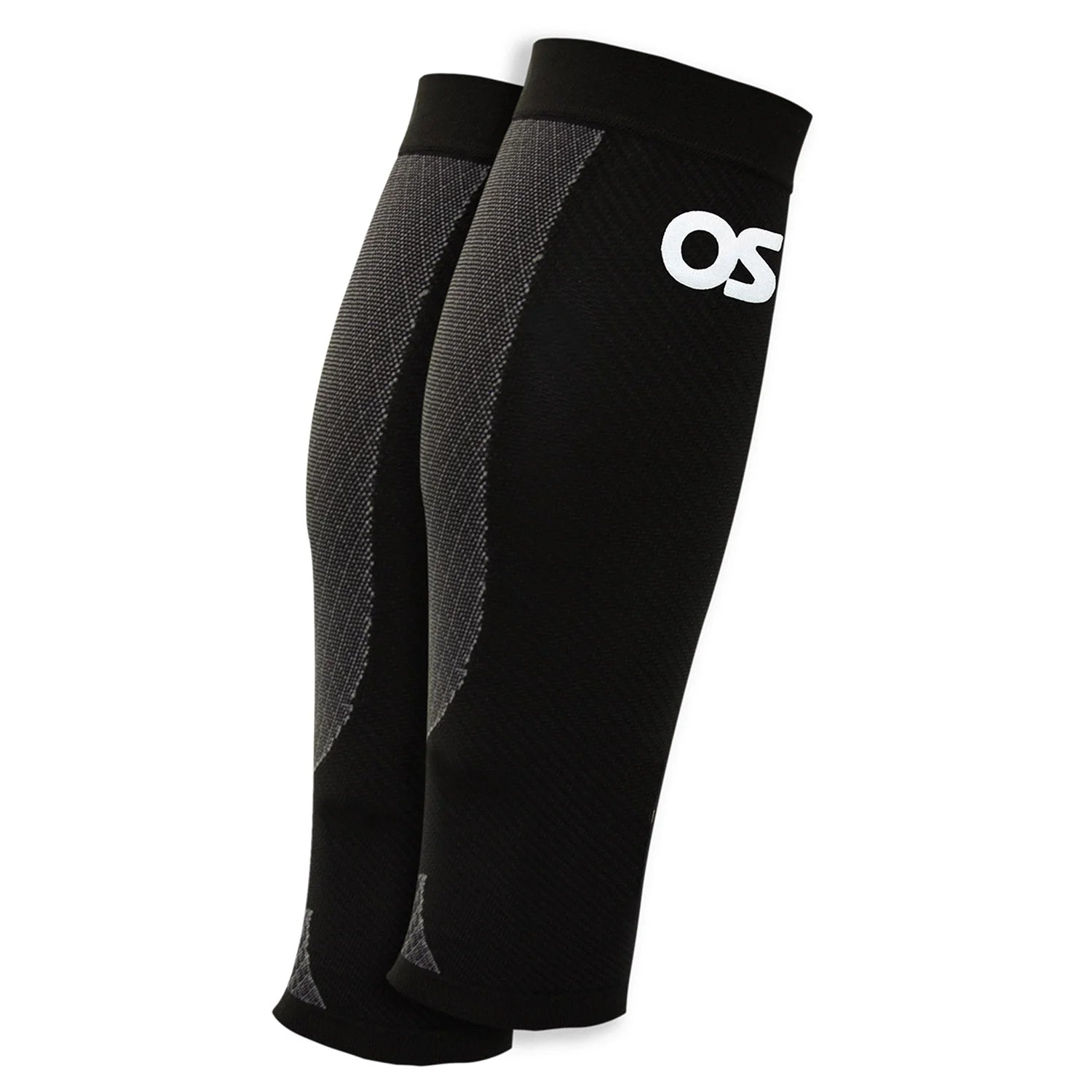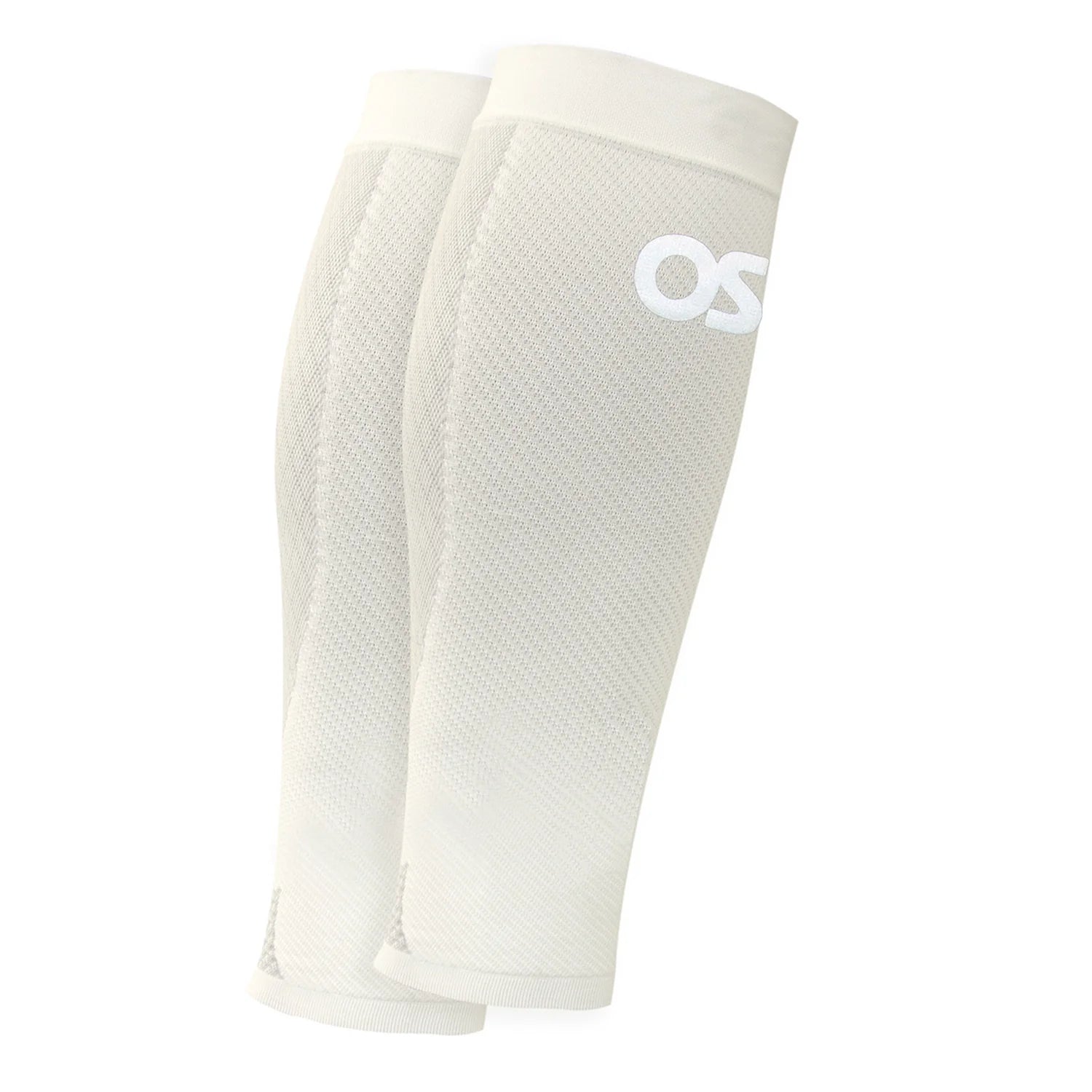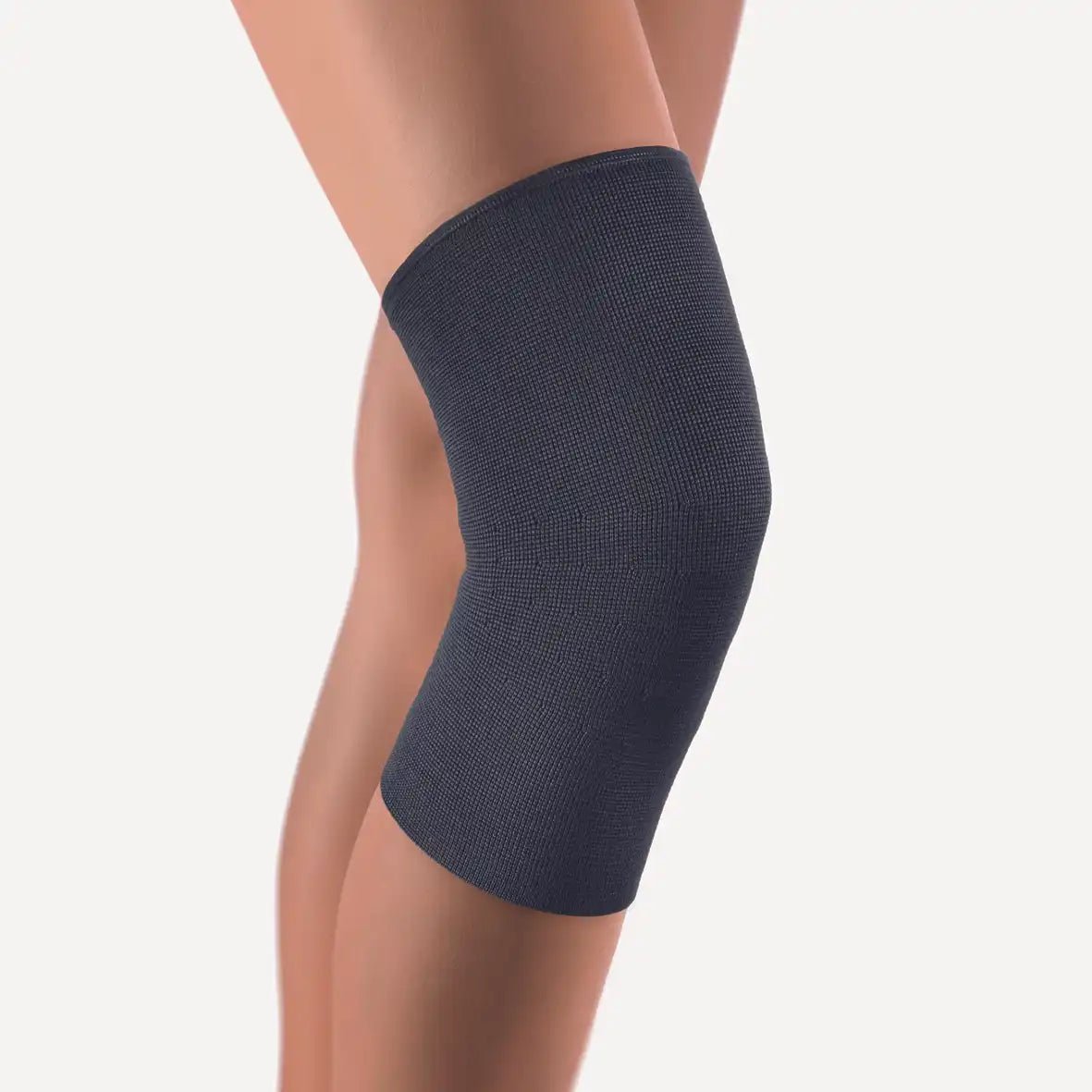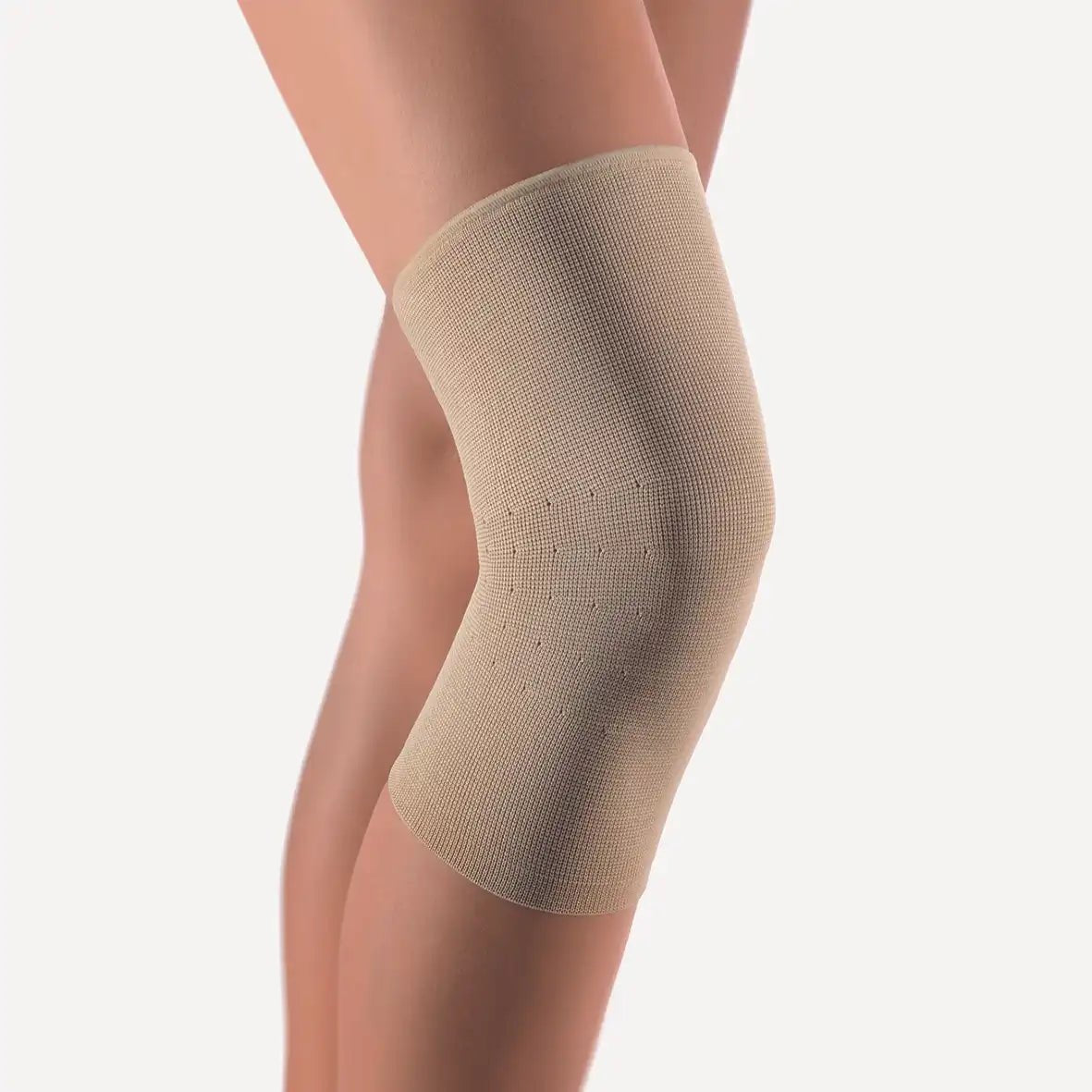
Neck pain
Neck pain – understand the causes and find the right treatment
Neck pain is one of the most common problems in muscles and joints. It can come on suddenly after a quick movement or creep up over a longer period of time. The pain can feel like a nagging discomfort that disrupts concentration or like a sharp ache that makes it difficult to turn your head. Since the neck is central to movement and balance, the discomfort often affects both work and leisure.
Causes of neck pain
A common cause is prolonged muscle tension, often when working in front of a computer or using a mobile phone frequently. When the head is tilted forward, the strain on the muscles and joints of the neck increases, which over time can cause both pain and stiffness. Other causes can be inflammation of the muscles or tendons, osteoarthritis, disc problems or injuries such as whiplash. Sometimes neck pain occurs as a result of problems in other parts of the body, such as the shoulders or back.
Common symptoms
The pain can be in the middle of the neck or spread to the shoulders, arms and head. Stiffness and reduced mobility are common, and many people get tension headaches. If the nerves are affected, numbness or tingling in the arms and hands may occur. Dizziness may occur in certain positions. If the pain is very severe, comes on suddenly or is combined with weakness in the arms and legs, you should contact healthcare immediately.
Treatment and self-care
For people with posture-related problems, aids such as a posture brace or a posture vest can be an effective complement. These products help keep the shoulders in a more neutral position, which reduces strain on the neck and upper back. Together with an ergonomic backrest, they can contribute to a more relaxed working posture and prevent recurring tension.
For mild neck pain, self-care can be effective. Keeping your neck moving and using gentle neck movements can help your muscles maintain mobility. Heat from a heating pad or a warm shower can help loosen tight muscles, while massage can increase circulation and reduce discomfort. Stretching your neck and shoulders is also an easy way to relieve discomfort.
For people with posture-related problems, aids such as a posture brace or a posture vest can be an effective complement. These products help keep the shoulders in a more neutral position, which reduces strain on the neck and upper back. Together with an ergonomic backrest, they can contribute to a more relaxed working posture and prevent recurring tension.
Ergonomics as a preventive strategy
Many neck problems can be avoided by making small changes in your daily routine. Place your computer screen at eye level to avoid tilting your head forward. Vary your working position during the day and take short breaks every half hour to let your muscles rest. For longer phone calls, it is better to use a headset than to hold your phone between your shoulder and ear. It is also important to think about ergonomics when resting and sleeping. A pillow that supports the natural curve of your neck can reduce strain during the night.
Exercises to reduce stiffness and pain
Regular exercises strengthen the neck muscles and improve mobility:
- Side Neck Stretch – Gently tilt your head to one side and hold for 20 seconds. Switch sides and repeat.
- Shoulder rolls – Slowly roll your shoulders backward ten times and forward ten times.
- Chin tuck – Pull your chin back towards your neck, hold for three seconds and relax. Repeat ten times.
- Head rotation – Slowly turn your head to the right and left, five times in each direction.
These exercises can be performed both at home and at work, and they can be advantageously combined with the use of posture support for the best effect.
Our product recommendations for neck pain
A posture brace or a posture vest can help correct body position and reduce the risk of neck pain recurring. An ergonomic backrest provides additional relief, especially for those who sit for long periods of time. For a complete solution, an ergonomic pillow and an adjustable desk can also be a good investment.
What is the most common cause of neck pain?
The most common cause is prolonged muscle tension, often due to poor posture at work or mobile phone use.
How can a posture support help with neck pain?
A posture support keeps the shoulders in a neutral position and reduces strain on the neck muscles.
Are posture vests and posture supports the same thing?
Both help improve posture, but a posture vest often provides more comprehensive support over the back and shoulders.
Can I use posture support all day?
It is best to start with shorter periods and gradually increase the time, so that the muscles have time to adapt.
What exercises are best for a stiff neck?
Side stretches, shoulder rolls, chin tucks, and slow head rotations are simple and effective exercises.
How can I prevent neck pain when working on a computer?
Adjust the height of your screen, take frequent breaks, and use ergonomic aids such as posture supports and backrests.
Is heat good for neck pain?
Yes, heat from a heating pad or hot shower can soften tense muscles and relieve pain.
When should I seek care for neck pain?
If the pain is severe, comes on suddenly, or is accompanied by numbness, weakness, or dizziness, you should contact healthcare immediately.




